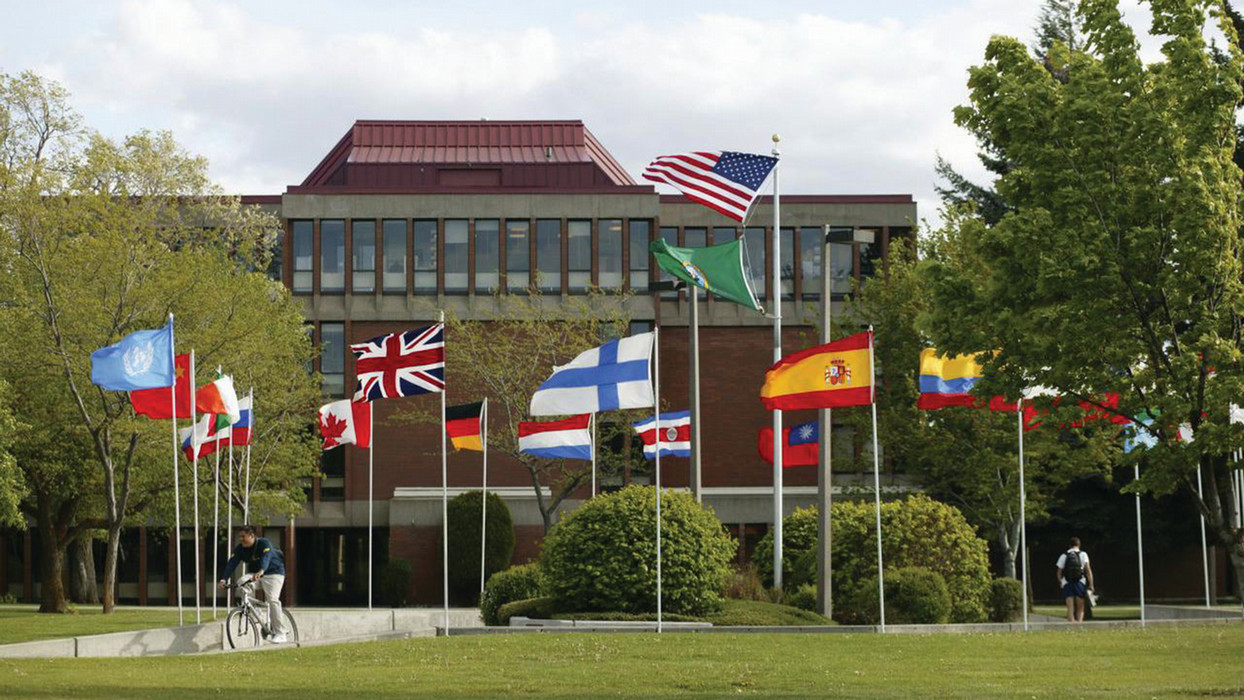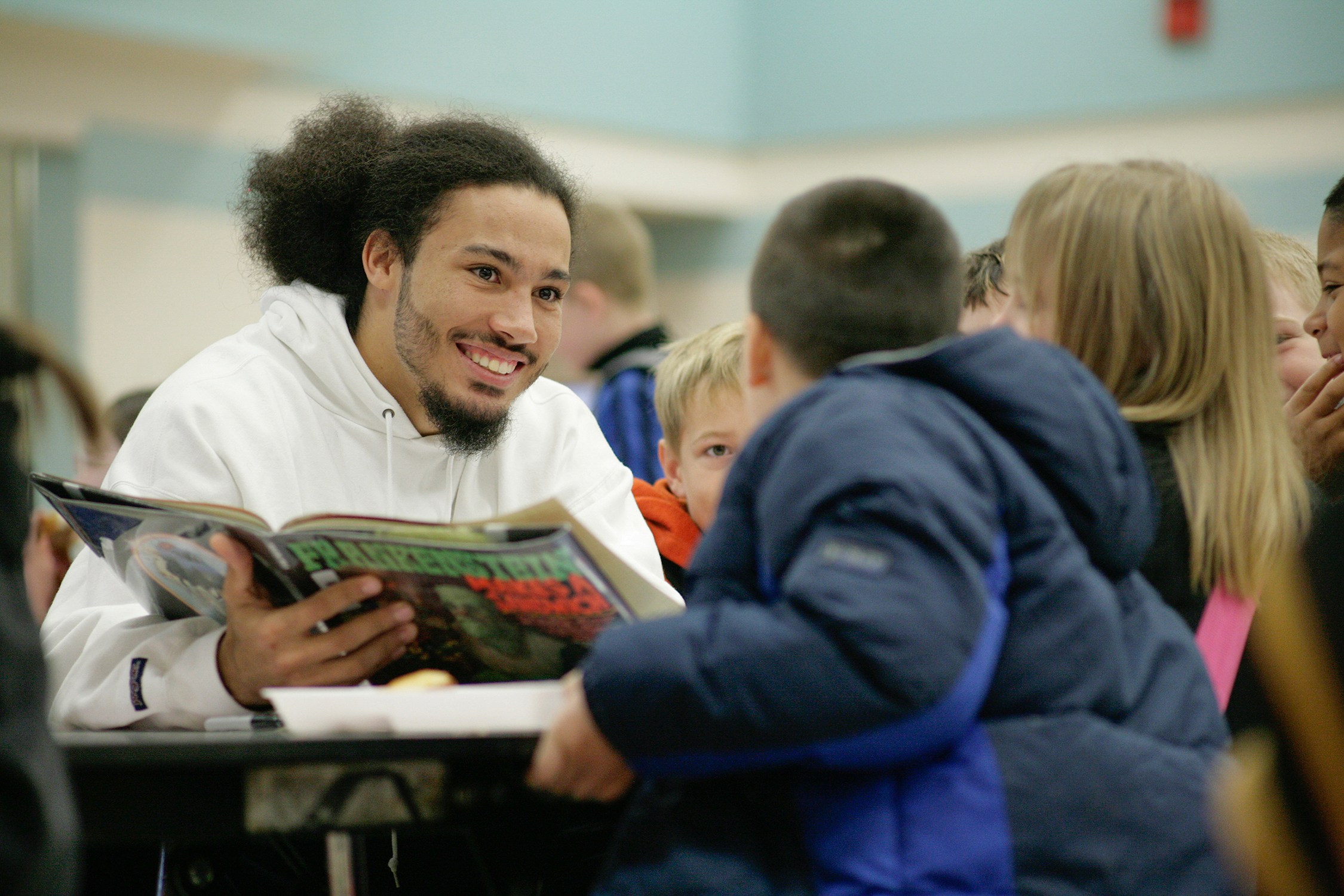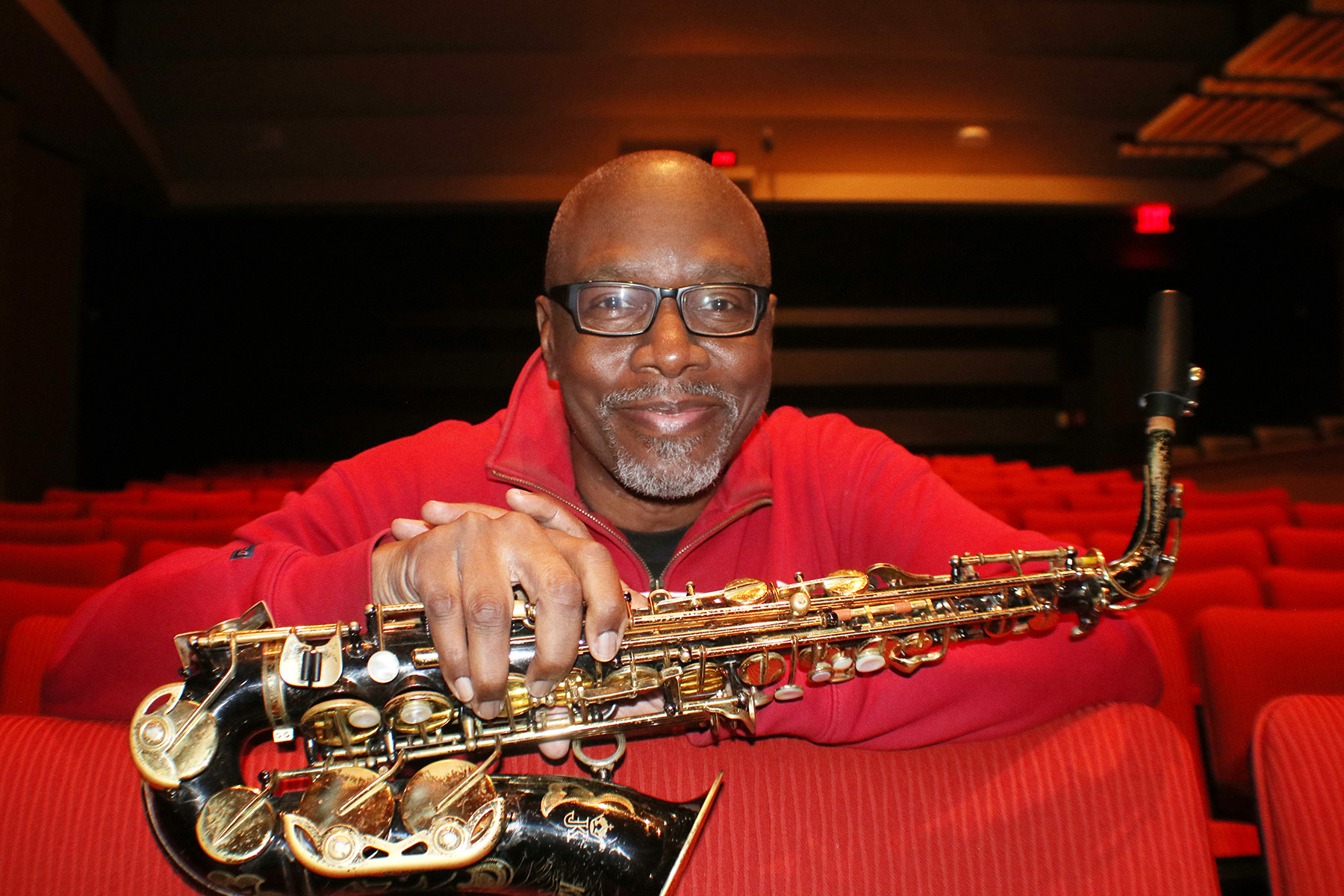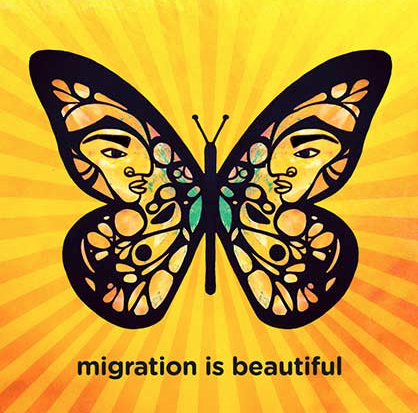
World Languages and Cultures
Spanish for Heritage Language Learners Program
Spanish as a Heritage Language Program
The Spanish for Heritage Language Learners Program at CWU is a safe-space designed to support Spanish-English bilinguals of all proficiencies in strengthening their bilingual skills for a wide range of contexts, to learn more about Spanish-speaking cultural heritages in the United States and elsewhere, and to broaden their personal histories with cultural experiences of U.S. Latinx. Students are able to improve their written and oral expression, while they acquire a renewed pride in the language of their parents and grandparents. We hope that you join us in our efforts to promote Latinx languages and cultures at Central.
The Spanish Heritage Language Program conceives Spanish as a colonialist language to the Americas that is nowadays also a subordinated language in the US, despite being the country with the second-largest population of Spanish speakers in the world. The instructors in this program are committed to creating an anti-racist safe-space in which all materials and activities embrace our diversity (gender identity, sexuality, disability, age, socioeconomic status, ethnicity, race, nationality, religion, and culture) and actively promote social justice within and beyond the classroom walls.
Who is a Spanish Heritage Language Learner?
Spanish Heritage Language Learners (SHLL) are students who have been exposed to Spanish in their homes or communities from a young age and have a cultural connection to Spanish as part of their family heritage. As a consequence of that natural early exposure, SHLL can understand and/or speak the language at varying levels of proficiency in Spanish. Not all SHLL are proficient in their heritage language. It is common to find SHLL who are receptive bilinguals, that means that they can understand some Spanish but may not speak it, placed at beginner levels. Likewise, it is common for students placed in the upper levels to be fully-balanced bilinguals, that is, they are equally skilled in English and Spanish. Despite this contrast, the majority of students are somewhere in the middle; they have been exposed to Spanish while growing up and are in the process of broadening the skills that they already possess.
Am I a Spanish Heritage Language Learner?
If you answer YES to one or more of the following statements, you belong int eh Spanish Heritage Language Program. If that is your case, please contact the Program Coordinator Dr. Andrea Herrera-Dulcet: andrea.herrera-dulcet@cwu.edu.
When I was a child, Spanish was spoken in my home
- My first language was Spanish.
- I lived in a Spanish-Speaking country for two years or longer.
- I speak Spanish or both Spanish and English with my family/friends.
- My parents and/or grandparents often speak to me in Spanish.
- Because of my exposure to the language in my community, I can understand the main points of a conversation in Spanish
- I consider Spanish to be an important part of my culture/identity.
Why is There a Need for a Separate Language Program for Heritage Language Learners?
While Spanish Foreign Language courses are designed to help non-Spanish Speakers acquire language Spanish skills in Spanish and develop an understanding and appreciation for Spanish-speaking cultures this is not the case of Spanish Heritage Language Learners (SHLL). SHLL are already familiarized with the language and the traditions and values embedded in it. Additionally, often enough, their early exposure to Spanish allows them to focus on strengthening their language skills, instead of acquiring them. Additionally, the program examines language and cultural heritage through the lens of social justice and critical pedagogy fostering critical language awareness among SHLL. Critical translingual competence is the understanding of how culture, power, economics, and politics are intertwined with language.
Both, the Spanish as a Foreign Language Program and the Spanish heritage Program are designed to prepare students of Spanish for upper-division courses by providing learners with the opportunity to develop speaking, listening, reading, and writing skills. Each program covers similar materials and concepts; one program is not faster, or more advanced than the other. Neither program is inherently superior to the other. They simply cater to the educational needs of different types of learners.

The Program's Objectives
The objective of the Spanish for Heritage Learners program is to strengthen the cultural and linguistic resources of SHLL. Through a rigorous program of study, the students will:
- Expand their bilingual skills in a wide range of contexts
- Learn more about Spanish-speaking cultural heritages in the United States
- Broaden their personal histories with cultural experiences of U.S. Latinx.
- Obtain a range of practice in oral and written skills in the Spanish language through the Spanish-speaking world
- Develop a critical language awareness of the sociopolitical context of bilingualism in the U.S.
- Become prepared to enroll in upper-division leading to a major in Spanish
Course Sequence
SPAN 261 (Fall Quarter) - (5 credits)
For students who have receptive skills in Spanish, but who encounter difficulty speaking. While exploring Latinx resources on CWU Campus, the course covers basic grammar and parts of speech, providing students with the tools to create weekly low-stakes writing pieces and discussion videos. In a positive and culturally reach environment, SHLL will develop fluent conversation and listening skills.
SPAN 262 (Winter Quarter)- (5 credits)
The second course in this sequence is designed for students who understand Spanish and are becoming more comfortable speaking it. While exploring the historical contributions of Latinx to the Washington State, the course focuses on strengthening SHLL’s listening, reading, writing, and speaking skills, through group projects and weekly discussions. Grammar and spelling issues relevant to students' needs are also covered in a dynamic and culturally relevant context.
SPAN 263 (Spring Quarter) - (5 credits)
The third course in this sequence targets SHLLs who understand and speak Spanish comfortably, as well as those students coming from SPAN 262. The course focuses on the contributions of many different Latinx communities to the US, while solidifying students’ knowledge of Spanish grammar. Additionally, SHLL will expand their writing skills by engaging in genre-based writing.
SPAN 345 (Summer and Fall Quarter) - (5 credits)
The fourth course of the sequence caters to students who have previously learned Spanish in academic contexts, as well as those coming from SPAN 263. Exploring different cultural topics relevant to Latinx experiences, the course focuses on reviewing advanced grammar and developing academic oral and writing proficiency culminating with an argumentative essay.
What course is the right course for me?
That is an excellent question! Please notice that you DO NOT need to take any placement exam when taking courses in the Spanish Heritage Language Program. For any placement questions, please email Dr. Andrea Herrera-Dulcet (andrea.herrera.dulcet@cwu.edu), the coordinator of the Spanish Heritage Language Program.
Spanish Major/Minor
A minor/major in Spanish provides students with linguistic and social skills to tackle any challenges in their professional and personal lives in a growing global world. SHLL minoring/majoring in Spanish will be able to further their professional advancement in a wide range of fields, such as health services, social welfare, marketing, journalism, education, government, public administration, law& justice (to name a few). In addition, by completing our Spanish minor/major, you will be connecting with other students who have Spanish in their heritage and you will build a sense of community with each other. After completing your minor, SHLL have the opportunity to take more advanced Spanish courses in translation and Interpretation, Culture and Literature, and applied linguistics.
Major Requirements (50 credits)- Second-year Heritage Spanish SPAN 261, 262, 263 (Second-year Spanish)
- Third-year Heritage Spanish SPAN 345
- SPAN 301 (Intro to Literature)
- SPAN 310 (Culture & Civilization)
- Must have 20 approved elective credits
Minor Requirements (30 credits)
- Second-year Heritage Spanish SPAN 261, 262, 263 (Second-year Spanish)
- Third-year Heritage Spanish SPAN 345
- Must have 10 approved elective credits

Nos vemos en Central,
Dr. Andrea Herrera-Dulcet
She/Her/Hers/Ella/Ellas
Assistant Professor of Spanish, Head of the Spanish Heritage Language Program, Spanish Liaison for the College in the High School Program
World Languages and Cultures Department
Languages and Literature, Room 102I
(509) 963-1218
andrea.herrera-dulcet@cwu.edu
CWU News

Online Master’s of Education program now offers special education endorsement
May 15, 2024
by Rune Torgersen

Lenny Price brings Detroit perspective to CWU Jazz
May 15, 2024
by University Relations
